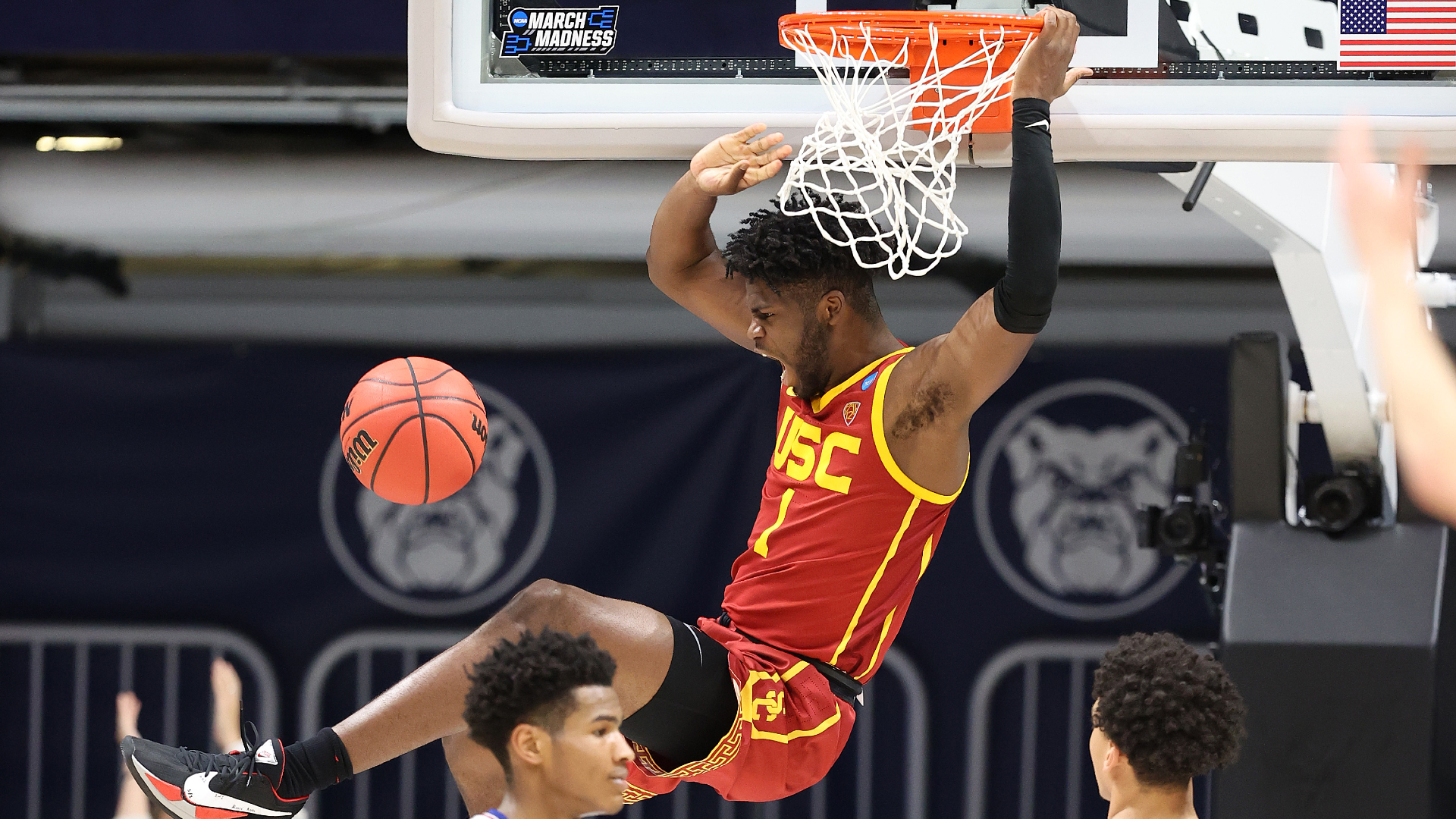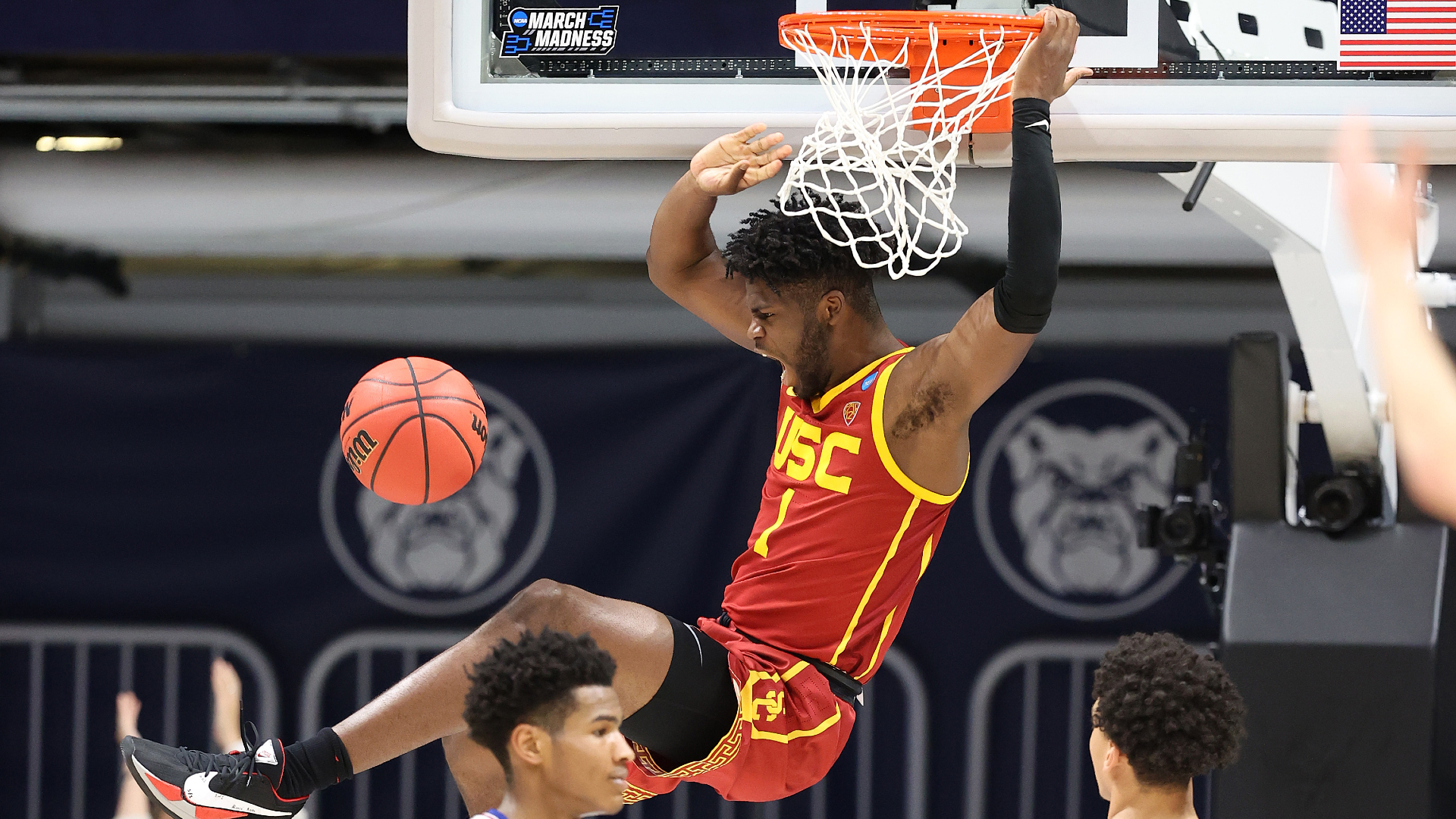

In the middle of summer, when many people are thinking about sunshine, beaches and maybe 18 holes, and those who follow the game, either going to football or baseball games or getting ready for NFL training camp Getting, the main production of the college basketball season is being done by telephone.
The nonconfidence scheduling process also receives only one attention among those who follow the game – perhaps save for the regular tweets of CBS Sports’ John Rothstein about who will play whom. When the entire schedule is completed, usually college football teams are taking to the field, then we can hear some discussion about which teams are cowardly because of the cowardly competition.
This year the process was not exactly the same, not with uncertainty as to how a season would be created through an epidemic. However, the message sent by all that has happened in 2020-21 should not be ignored by coaches who want to succeed – and are employed.
Scheduling hard is a sucker bet.
More March: Live Score | Updated bracket | TV schedule
If you are in a major conference and are lining up several opponents from other major conferences for your pre-conference schedule, then you might be the best for the game to sell tickets, and, in better times. But there is a good chance that you are not doing the smartest thing relative to the success of your team.
If you want to find shows whose schedule was the toughest last season, you don’t want to appear in the Sweet 16. The average schedule rank for the 13 teams from the major conferences still surviving in the NCAA tournament ranks 63rd in the net. Only Michigan (19) and Alabama (33) finished 50th. And if you check only the nonconference part of the schedule, the schools’ share of control, the average is 165. Alabama has the highest ranking of 108 in that category. Michigan, by contrast, was 261st.
Better place to find coaches who meet challenging schedules: either the unemployment line or the bank, depending on which you prefer. Many of them were fired and paid handsome purchase checks for the trouble.
The No. 1 schedule in college basketball last season, in part because the game canceled at COVID stagnation would have lightened it up, was played by Penn State and interim coach Jim Ferry. His Lions played just one mid-major rival and defeated six teams in the NCAA tournament. But they expired under 500, and were not retained.
Indiana played the No. 4 schedule, including the No. 74 non-league schedule. Archie Miller’s squad, similarly, ended up under .500, and was let go soon after the season ended.
Minnesota and Richard Pitino No. 11 schedule. Marquette and Steve Wojcnikowski? No. 34. Steve Prohm at Iowa State? No. 3.
The Pac-12 is now being celebrated for having four teams in the Sweet 16, and many college basketball analysts are being maligned for not having the league removed beforehand. Maybe they were smarter than everyone else just outside the West. Except UCLA, which had a non-governing schedule number 69, the other three Pac-12 schools had an average non-conference schedule of 267.
These were out-of-conference teams played by USC, Oregon and Oregon State: Cal Baptist, Montana, BYU, UCinoe, UC Irvine, San Francisco (twice), Texas Southern, Santa Clara, UC Riverside, Missouri, Seton Hall , Eastern Washington, Florida A&M, Portland, Wyoming, Portland, UTSA, Portland State and Division II Northwest University.
He is not climbing the Himalayas at all.
More: Ohio State, Purdue is more proof that deep league teams wear down
It cost them in seed planting, but what difference did it make? Oregon had a team worthy of the top four seeds but a record decided to qualify for 7 seeds. After that, the Duck outscored No. 2 seed Iowa in the second round. Oregon State had the No. 312 schedule and the Pac-12 automatic bid to reach the NCAAs, but they have won two games and are still playing. USC was ranked sixth, but took an All-America Freshman Big Man on the court and notched out Kansas, which set the No. 45 non-conference schedule and No. 16 schedule, but despite that experience, not all responded to met. Evan Mobley.
College basketball requires early season matchups that generate interest in sports and seasons, the kind of sports you see in the Champions Classic or the ACC / Big Ten Challenge, or at annual rivals like Kentucky-Louisville or Xavier-Cincinnati .
If all the successes in such games produced are an NCARA seed, which cannot be a miscerage, and it may be insignificant or misleading in comparison to all March successes, then why bother? Especially when one considers that conflict or outright failure in those games can be dismissed.
This is not to say, those who are doing tough schedules are doing it wrong. There are several factors that work best to plan for a season: one’s own expectations, the promise of one’s conference, must be played for a particular game in league-wide deals.
To say that it is too dangerous is too easy to play a schedule. And that they are hijacking the entire effort regarding the college basketball season based on a single-elimination tournament at the end of the season – seeing everything – literally everything.
Leave a Reply